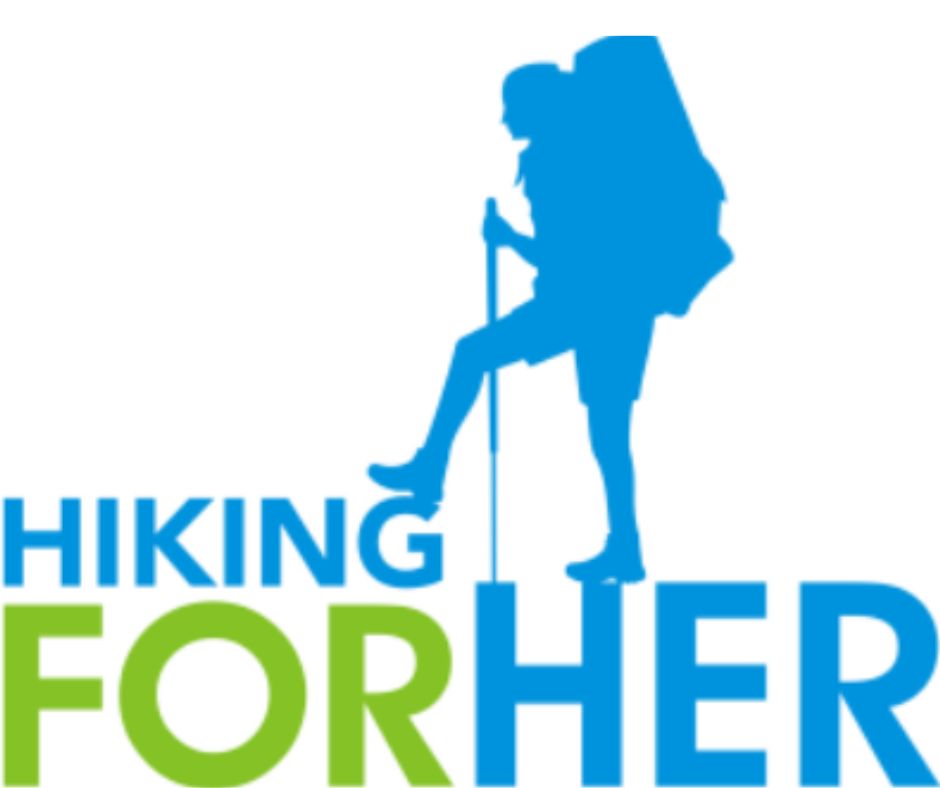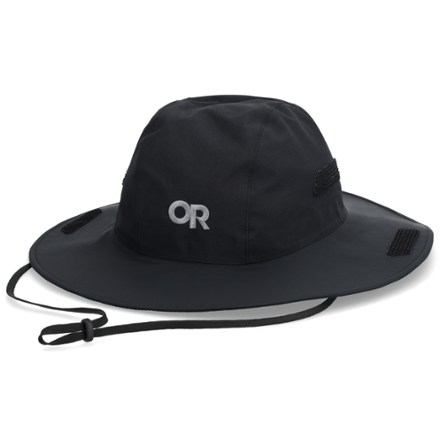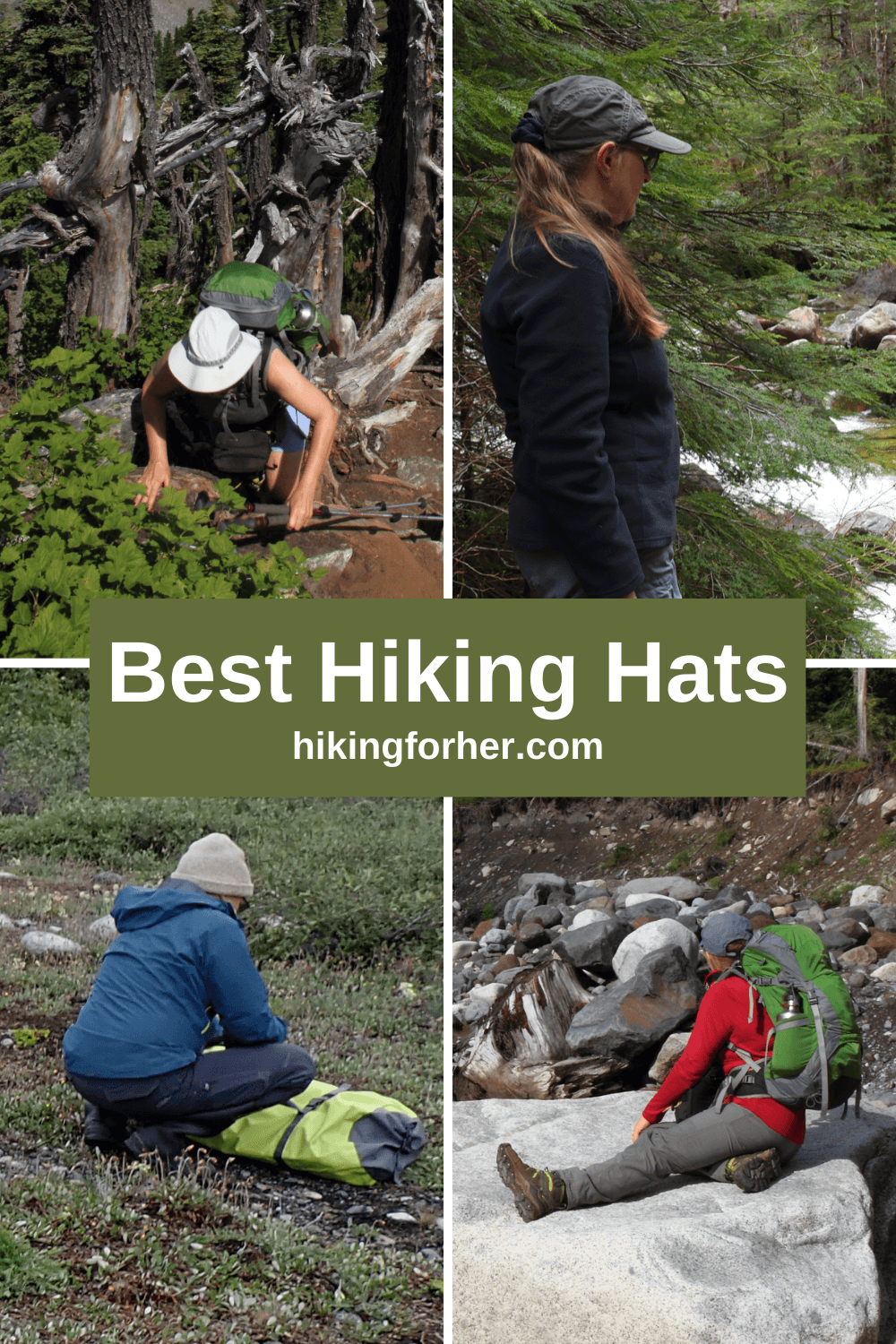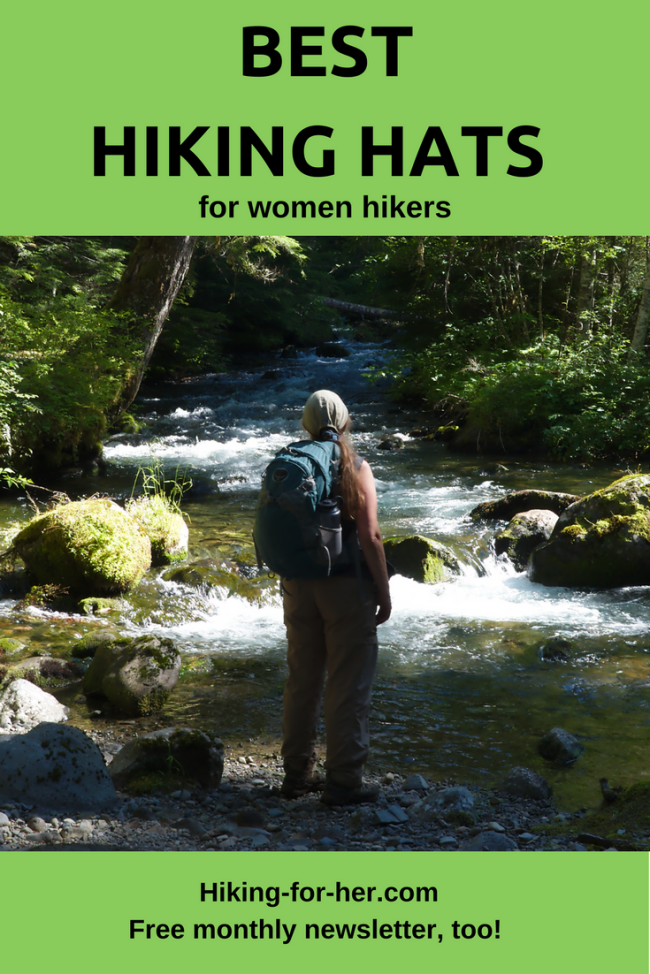Best Women's Hiking Hats
By Diane Spicer
Hiking hats, so much to say about them!
So many to choose from!
Right up front, here are all the features a perfect hiking hat should have:
- A plastic locking clip on the back or sides, to tighten or loosen the fit, without snagging hair (no Velcro!!)
- A wide brim to shade eyes without impeding view
- A soft band to wick up moisture but not chafe delicate forehead areas
- A breathable fabric that dries quickly but vents perspiration
- A neutral color that wouldn't give away a secret location during off trail pit stops
- Extra stitching to prevent unraveling
- A lightweight yet substantial feel to it
- Optional: a cord to keep it secure in windy conditions
Drop down to Best Hiking Hats FAQ
Hiking hats for women:
versatile and (dare I say) stylish?
There are so many ways to protect your head on a hike with hats.
And so many things to protect your head from.
Think of hiking hats as vital pieces of hiking gear, because they are.
But how likely is it that you'll find the perfect hat for your particular hiking style?
I'd say 100% success if you follow these Hiking For Her tips.
Let's take it one season at a time, starting with the months when your ears are coldest!
Best winter hiking hats
If you hike when the weather is less than ideal, you'll need to keep your head and ears covered.
Too much heat is lost in these areas for you to be comfort, let alone safe, wearing just a ball cap.
I have a full repertoire of winter hiking hats, and because folks are curious about what works for me on the trail, here's what's in my collection (and my pack):
- a beanie like this one
- a cold weather hat with ear flaps
- a balaclava ("clava") that prevents wind and snow from getting down my neck. I bring this with me year round, just in case.
I also use a "neck gaiter" along with my beanie, similar to this one.
It can be used on your head or neck in many different ways, giving you versatility as well as warmth.
- I also use it to tie up my hair, off my sweaty face and neck.
And of course, there are always ear muffs and headbands!
I've got quite a collection, and you will, too, once you see how functional and lightweight they are.
- Great for daily training walks in brisk weather, too.
- I always stash one in my car, just in case.
Best spring and fall hiking hats for women
As temperatures turn a bit more moderate, you won't need full head coverage.
But you should expect precipitation.
You want a lightweight hat that will channel the water away from your neck and face.
And you want a way to anchor the hat when wind gusts kick up.
So bring along a hiking hat like this, and never have wet hair on a hike:
Perfect hiking hats for summer trails
Heat.
Bugs.
Relentless sunshine.
Rivulets of sweat.
More bugs.
Your hiking hats have to stand up to that, and provide shelter for your eyes so you can see the trail without having to squint.
There should be side vents, to release all the heat you're generating.
And some shade for your neck, too, please!
Here are the hats that I wear on summer trails, and recommend them for you, too. Pick your favorite style, or pick a few to switch things up.
Gotta keep things interesting, right?
Sunday Afternoons Ultra Adventure Hat
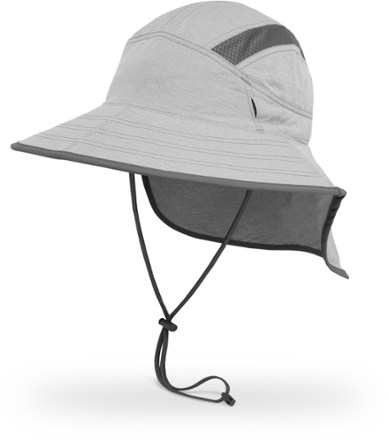
Another solid choice for the best hiking hats:
|
this Kuhl Renegade Cap is always on my head, three seasons of the year, and brought along on winter hikes in case the sun pops out of the clouds. |
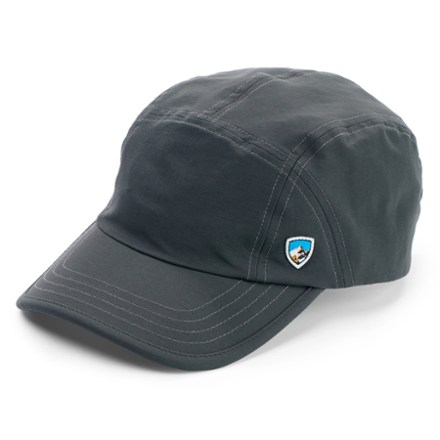
|
Don't be like me!
I'm a hiking hat abuser.
It's true.
Here's how I treated the most perfect hiking hat I ever had (long gone now, sniff):
*I wore it through mud, rain, hail, snow, blindingly hot sunshine, buggy terrain - year after year.
*I dropped it into mud holes.
*I snagged it on brush and brambles.
*I used it as an impromptu berry bucket when I ran into a rich patch of blueberries.
*I swatted -and squished- flies with it.
*And I poured my sweat into it, hike after hike after hike.
And what did this splendid hat do in return?It patiently protected my head!
And my eyes from the harsh glare of sunshine.
And my ponytail, when I tucked it up under the hat.
The final straw in the cycle of hat abuse
There's one more little abuse I heaped upon this hiking hat, which led to its demise:
I ran it through the washing machine when it was too dirty to be seen on a hiking trail.
Recently, my hat came out of the washing machine shouting "NO MORE".
And I realized a sad truth:
I should have been soaking it clean in a lukewarm basin or bucket of soapy water, then rinsing with cool water and hanging it up to drip dry.
Or, as one reader recently suggested, taking it into the shower with me and using mild shampoo to cleanse it.
Ready for the moral of the story? Here it comes...
Take good care of your hiking hats,
because they takes good care of you
Hats have a lot to do with the enjoyment of your hike, way beyond the utilitarian functions we've mentioned..
They will:
- Protect your head against dive bombing birds
(No joke! Nesting owls in particular)
- Hold your hair off your sweaty neck if you get creative with the band
- Mop up sweat before it runs into your eyes (along with sunscreen - OUCH!)
- Remind you of good times on the trail.
So be selective about bonding with a hiking hat.
- It's a long term commitment.
And then take really good care of it. See my personal story above :)
One more thing which ties into the sun hat I wear:
UV ray safety tip
You should pay attention to the amount of UV radiation falling on your face and ears and neck, both front and back.
Protection from the sun isn't just something an older hiker needs to worry about, either.
- Sunburn avoidance is definitely the way to go for all of us female hikers!
- Sunscreen (UPF 50 or more) deserves a place in your hiking safety repertoire, paired with your broad brimmed hiking hats.
Did you know this about hiking hats?
Hats silently reveal your trail personality.
That's why I love spotting unusual headwear on the trail.
I believe that you can tell a lot about a hiker by what's on her head, in terms of color and patterns, brands and slogans.
Make a little game of it next time you're out on a hike!
See how many different logos, or national park patches, or unusual colors and styles you spot during a day hike.
Get your trail buddies to join in, and at the end of the day, compare notes on what you noticed. I guarantee that your list will be different from theirs, even though you hiked the same trail.
Use these on your Pinterest hiking boards!
So hats off!
Hats off to you for being so thoughtful about your hat choices.
Wear your choice of hiking hats with verve.
And celebrate all of the ways you're being a smart hiker:
- keeping UV rays off your epidermis
- regulating the temperature of your head
- thwarting biting insects
- providing safe navigation in blinding sunlight
- preserving your corneas from cataracts
- hiding your sweaty hair from the world ;)
Best Hiking Hats FAQ
These are the most common questions Hiking For Her gets about finding the best hiking hats. Click on a question to get started.
What hats are best for hiking?
What hats are best for hiking?
The best hats for hiking perform two big jobs for a hiker: protect the top of the head and face from ultraviolet radiation from sun, and mop up sweat generated from hiking.
In warm hiking conditions, a hat with a brim creates shade and helps protect the eyes from glare. This type of hat can be a baseball cap style (long brim), a bucket style (slight upturned brim), or a wide brimmed sun hat.
In cold hiking conditions, a full coverage hat traps body heat and protects the skin from frostbite and precipitation. These can be a balaclava style with built in neck flap, or a beanie style. For full coverage, a trapper hat with ear flaps is best.
What are hiking hats called?
What are hiking hats called?
Summer hiking hats can be called a baseball cap, a bucket hat, or a sun hat.
The amount of protection from the sun varies with each style.
A baseball cap has a brim extending over the face, which gives protection from glaring sunshine. It has a moisture wicking band sewn into it to prevent perspiration (and sunscreen) from running into the eyes. It may be adjustable in the back with snap, buckle or velcro closure.
A bucket hat has a small upturned brim for protection on a sunny hike. This is not a full coverage hat for face and neck.
A wide brimmed sun hat gives you protect from UV radiation both front and back. Some have attached cords so you can remove the hat without losing it on a hike.
There is one more style of hiking hat used in warm weather, the trucker hat. This style usually sports a logo on the front and mesh on the back. It may be fitted, or adjustable.
Should you wear a hat while hiking?
Should you wear a hat while hiking?
A hiker who wants to protect skin and eyes from UV rays will wear a hat.
Some hikers use hats to regulate their body temperature, especially true in winter hiking conditions.
Other hikers want to hide sweaty or matted hair with a hat ("bad hair day").
It's a good idea to consider a hat an essential piece of hiking gear.
Can you wear a bucket hat hiking?
Can you wear a bucket hat hiking?
Absolutely! This style of hat gives good protection from the elements. The modest brim won't bump against a backpack. And it's easy to fold up and stow when not needed.
What color hat is best for hiking?
What color hat is best for hiking?
The only time this question is important is during the long, hot days of summer hiking.
Choose a light colored hat to reflect as much sunlight as possible away from your face and neck and to keep you cooler.
Still on the perfect hiking hat quest?
Don't give up.
- For multiple options for great women's hiking hats, take a look here for REI Co-op deals.
Home page > Best Hiking Gear >
Best Hiking Hats
|
I get emails all the time about what I wear, eat, carry and love to use on the trail. That's
why I provide affiliate links to you: the best gear that I use myself and have seen used by other hikers is instantly
available for your consideration, and the gear company sends a few
pennies per dollar to this reader-supported hiking website. There is no added cost to you! Everyone ends up a winner: Great gear for you, strong gear companies, and more free hiking tips for everyone. Thanks very much for your support. It's warmly and sincerely appreciated. It also helps send these hiking tips to all your virtual trail buddies around the globe. |
 |
